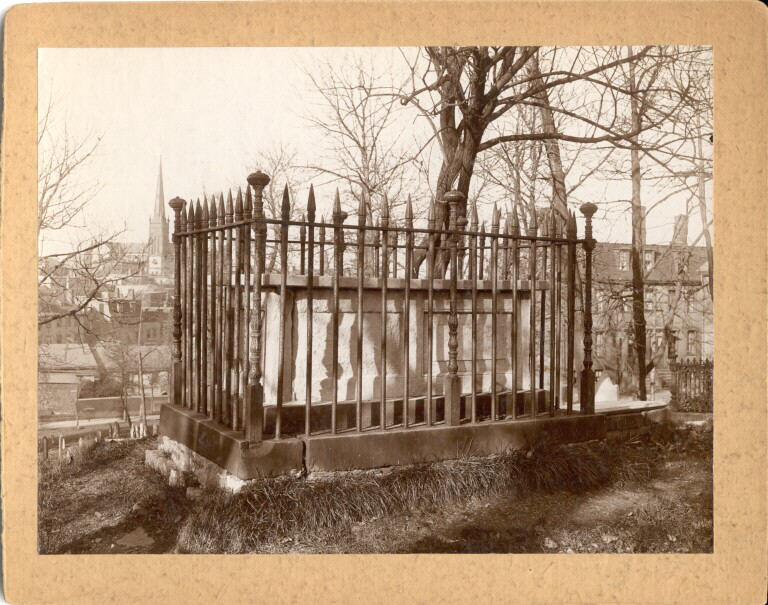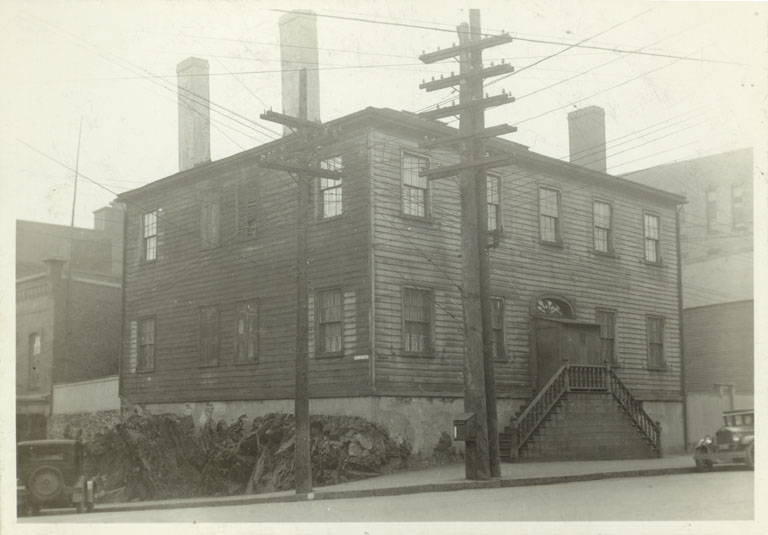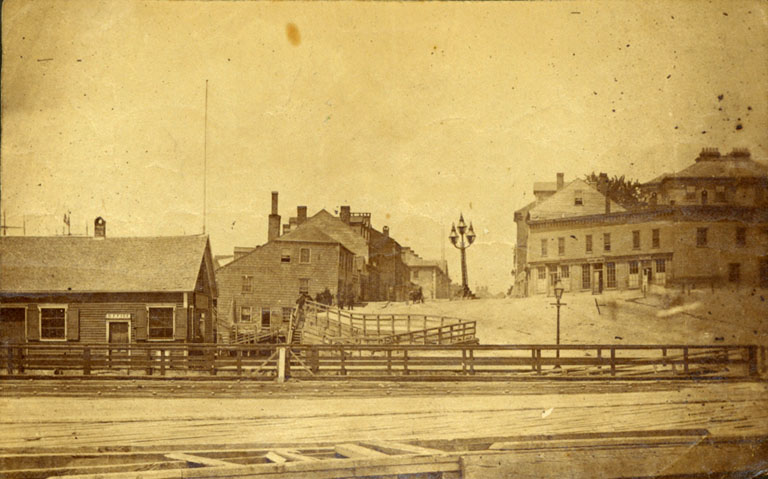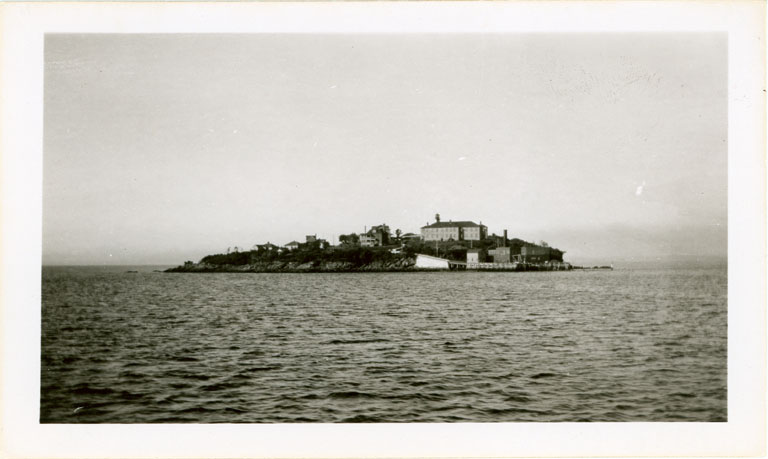
Imperial Theatre - Walter Golding's Haunting Presence
12 King Square South, Saint John
In 1913, on the site of the old Lanergan’s Dramatic Lyceum, the Imperial Theatre was built. Walter Golding, a passionate and ambitious theatre manager, envisioned something grand for the city. Inspired by his friend, film producer Louis B. Mayer of MGM Studios in Hollywood, Golding persuaded the vaudeville chain Keith-Albee to bring his dream to life. Billed as the “Finest Theatre on the East Coast,” Golding had some of the most prominent entertainers of the era perform at the Imperial, including master composer John Philip Sousa, the dazzling Ethel Barrymore, and world-renowned illusionist Harry Houdini.
Spooky Speculations: The Imperial Theatre is more than just a historic stage for the arts; it's also believed to be a stage for lingering spirits. Among them, the most famous is Walter Golding himself. Golding lived with his family in an apartment just above the upper lobby - now fittingly named "Golding's Lounge". His life was deeply entwined with the theatre, and even in death, it seems Golding never truly left. Some say they've spotted Walter in the dim light of the lobby; some say they feel like they're being watched walking through the lounge after dark. Could Walter still be watching over the theatre he loved so dearly?








